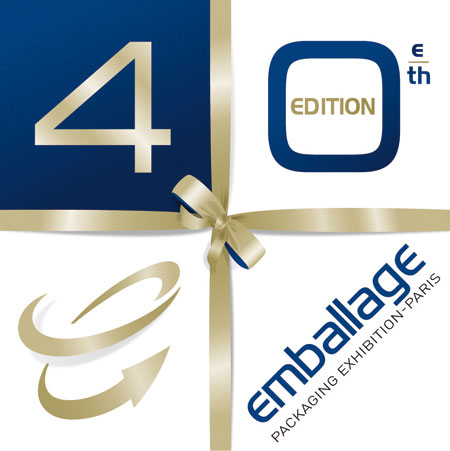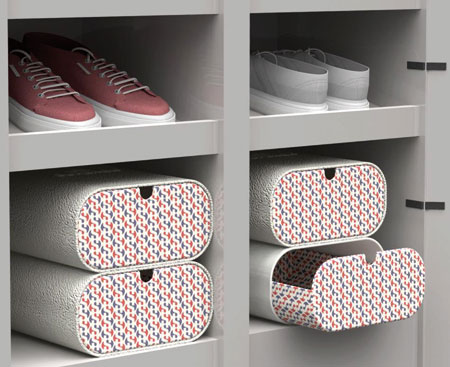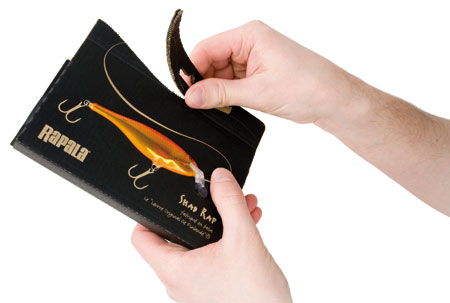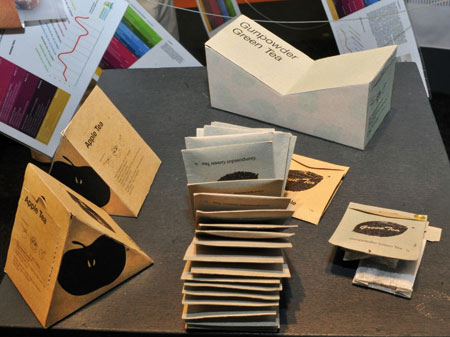Dynamic Salon
IN PARIS November 2012: Emballage finishes up its fortieth installment with a positive net balance. Info and products from the French packaging fair.
 With 1,300 exhibitors (with 500 concerns represented) and more than 85 thousand visitors, 36% of whom hailing from abroad to represent over 100 countries around the world (with a heavy concentration from the EMEA region), the French packaging fair celebrated the success of its fortieth edition (Paris, November 19th-22nd, 2012).
With 1,300 exhibitors (with 500 concerns represented) and more than 85 thousand visitors, 36% of whom hailing from abroad to represent over 100 countries around the world (with a heavy concentration from the EMEA region), the French packaging fair celebrated the success of its fortieth edition (Paris, November 19th-22nd, 2012).
In fact, the historic Salon’s success was a good bet, but not quite inevitable, considering the uncertainty of the economic outlook and a general propensity for saving that has pressured concerns to limit visits to events, as well as tighten budgets for exhibiting at them.
But we can honestly say that, aside from some confusion in setting up and promoting the event, and the low attendance of the last day, the fair was enjoyed and appreciated as a positive experience overall.
Bits and bobs. The exhibition space for Emballage 2012 was reduced from that of the previous edition, and this was made even more obvious by the presence of “unoccupied” spaces in all pavilions, which was cause for some complaint among those exhibitors who found their own stands’ locations less than ideal.
The number of stands and concerns, however, managed to “hold” (in 2010 there were 1,295), and, most importantly, the number and quality of visits reported heartened and motivated the exhibitors, who report a prevalence of operators from France and North Africa.
The organizers (Comexposium) are thus happy, who, according to the event’s director Véronique Sestrières, also confirmed their satisfaction in the synergy with the expo Manutention, dedicated to intralogistics (172 exhibitors, 20,779 visitors), held at the same time and in the same spaces as the packaging fair with no formal differentiation between the two events.
The double event integrated a program of initiatives aimed at promoting both the newest proposals of the industry (worth highlighting is the Pack Innovation space, where a jury selected and awarded the year’s most innovative products in the contest of the same name) and the designers’ ideas for the future.
To these, or rather, to the efforts of the six international design schools inspired by the theme “Packaging et Alternatives remarquables”, were dedicated a small show and a contest in which the students of Milan Polytechnic (INDACO department) won a spectacular and well-deserved second-place for Italy (see the extensive presentation of the work and designs for the Packaging Design Master’s Degree Course at the Milan Polytechnic School of Design, published in the September and October 2012 editions of ItaliaImballaggio).
And finally, worth mention are newsworthy conferences dedicated to various aspects of a packaging’s life cycle, not to mention a delightful retrospective “I love pack - since 1947”, dedicated to iconic packaging that has journeyed with society from the post-war period to today.
Next edition of the fair: 17-20 November 2014.
|
Packagings & alternatives remarquables Emballage 2012 has mustered the young designers of six international design schools, challenging them to imagine alternative improvements for the packs we use daily. The competing projects were placed on show at the fair, rated by a jury of experts (including the magazine’s editor-in-chief Stefano Lavorini) and awarded during the show. The Milan Polytechnic gained a brilliant second place. Here is the complete list of winners, with motivations from the jury.
|
 Second prize: Italy, Milan Polytechnic School of Design The Superga pack. Easy to understand and use, the primary packaging is also the transport packaging. Made up of an external casing and an inner drawer, it ensures protection, easy storage and possibilities of reuse. The material (cellulose) is biodegradable. |
|
Third prize: Canada, UQAM, University of Québec at Montréal, Ècole de Design The brush that dissolves in water. The cardboard and plastic of the traditional toothbrush pack has been replaced by a single material, bio PVA, that disappears completely in less than 15” on contact with water.  |
Fourth prize: Finland, University of Applied Sciences, Design Institute, Lahti A pack for Rapala bate. Respecting the canons for reduction and monomaterial, it enables an excellent staging of the product in a realistic environment: the bate is framed “ready-to-use” in a wave shaped window. |

 First prize: Germany, University of Applied Arts and Sciences, FH Hannover.
First prize: Germany, University of Applied Arts and Sciences, FH Hannover.















